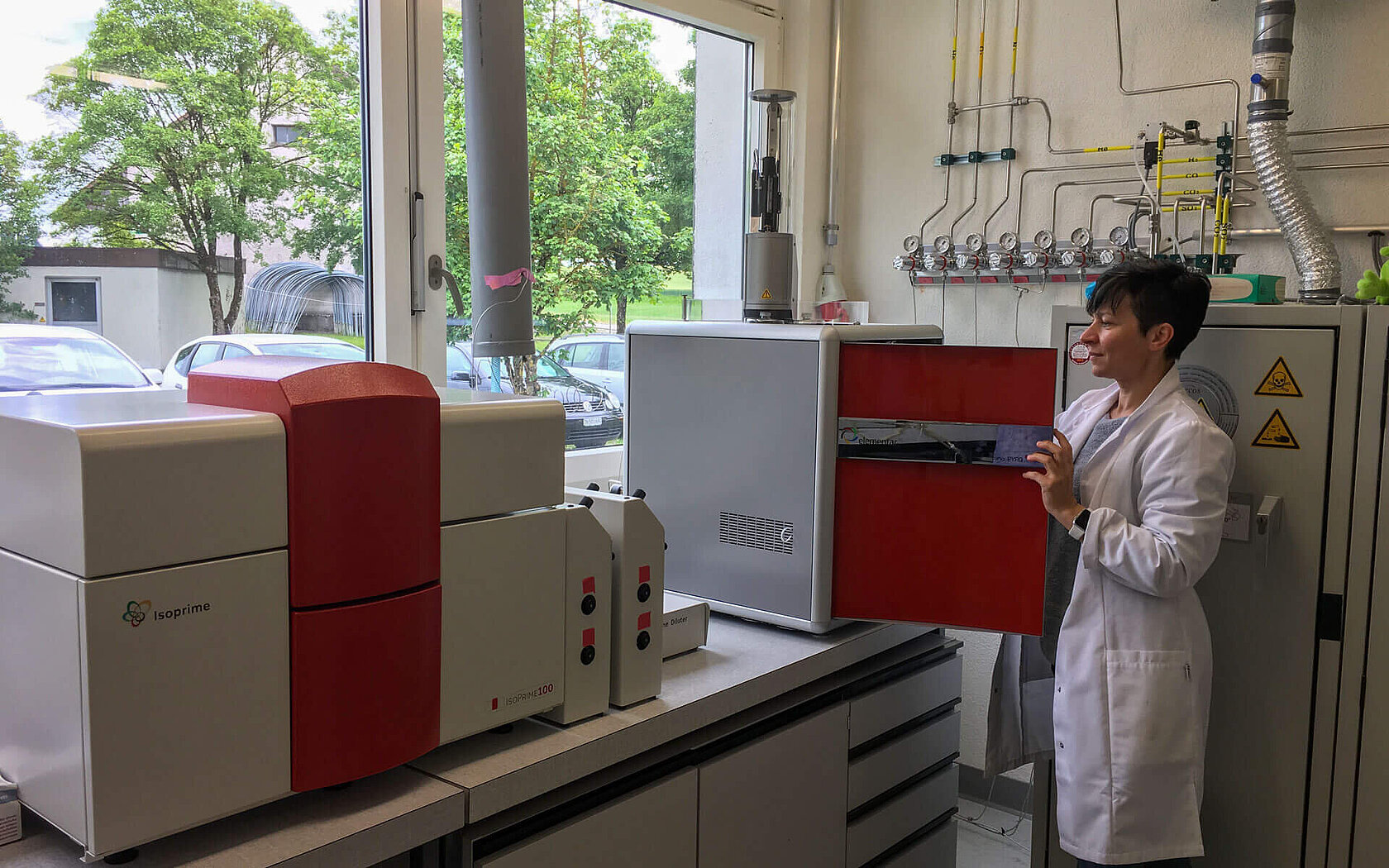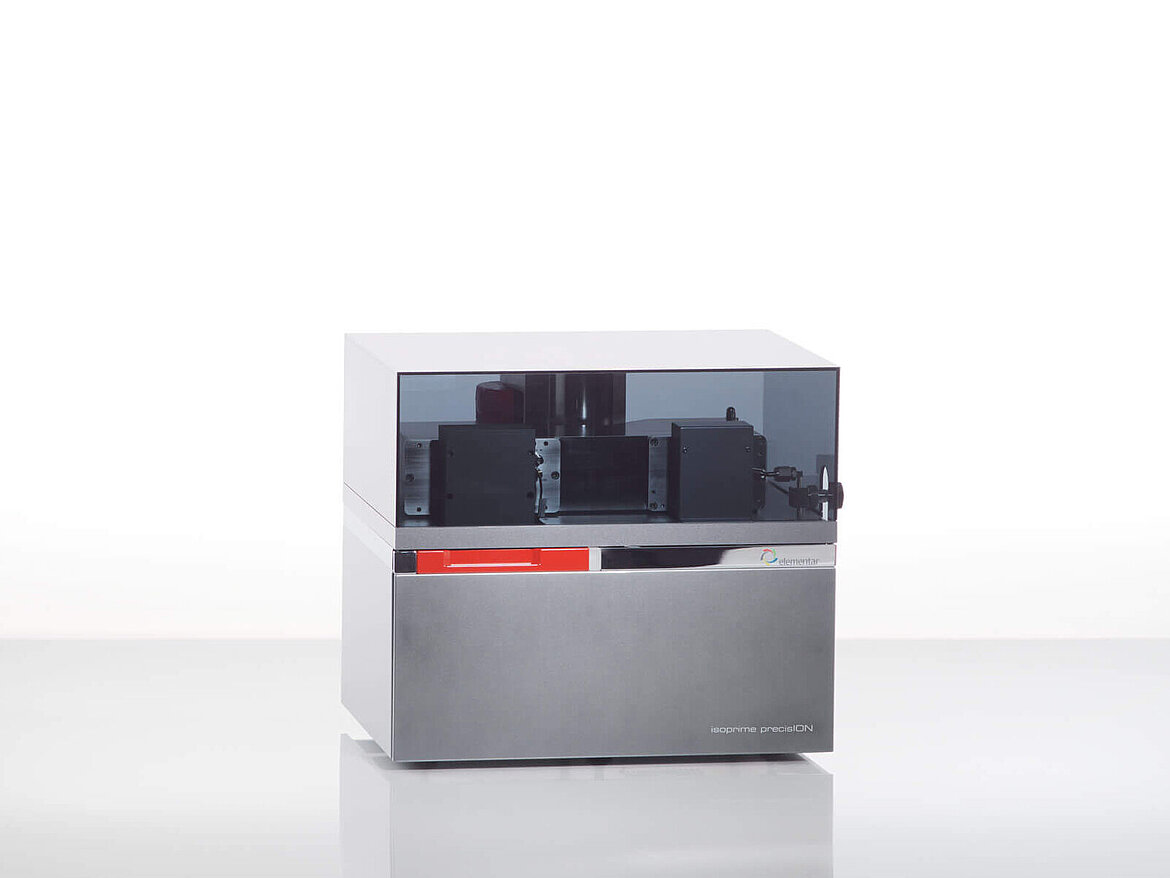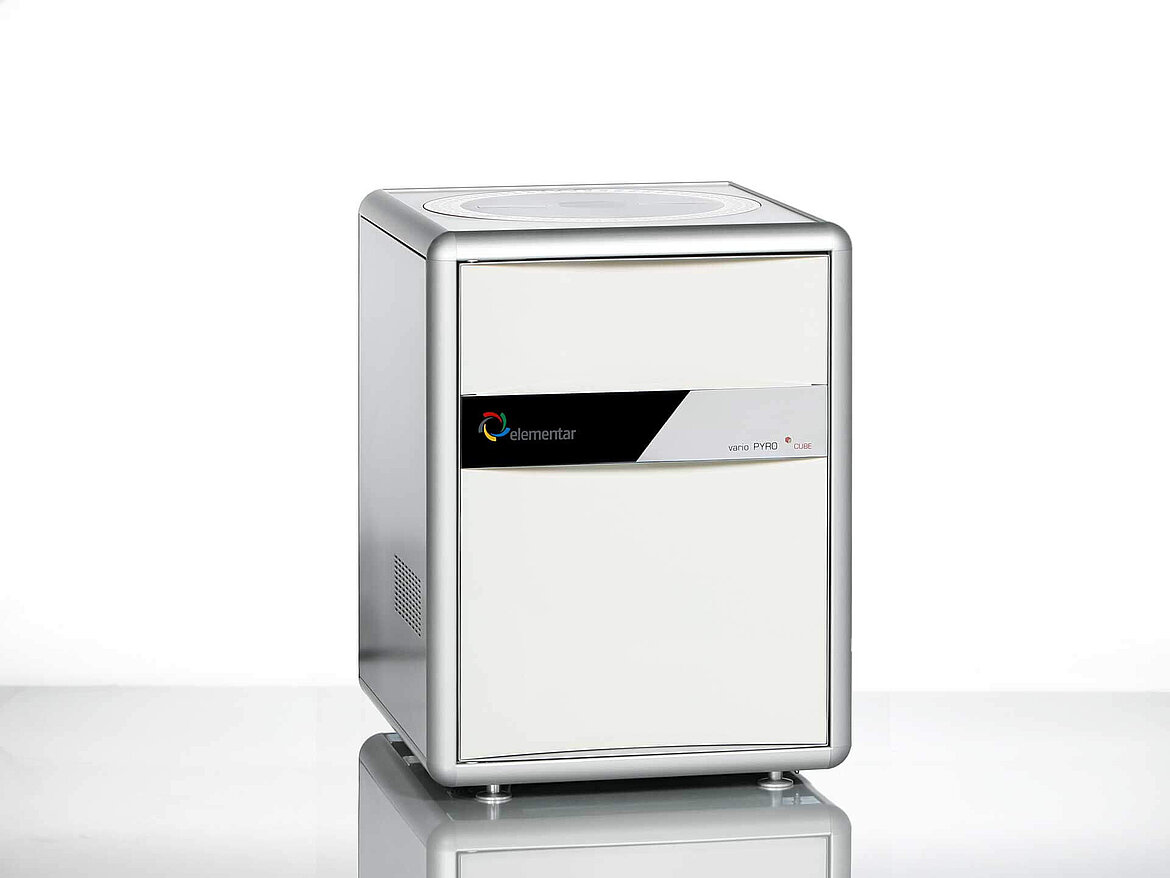ETH Zurich is using an IsoPrime100 IRMS to investigate phosphate cycling in the soil-plant system
Dr. Federica Tamburini is a Technician/Researcher in the group of Plant Nutrition at the Institute of Agricultural Sciences at ETH Zurich (Switzerland), where she manages the stable isotope facility. Dr. Tamburini has a PhD in Geology and trained as a Geochemist (marine sediments) before embarking on a project covering stable isotopes in soil phosphate. She has been researching the subject since, as well as optimizing protocols to prepare samples from soil and plants extracts to be analyzed for their isotopic composition.

As manager of the stable isotope facility Dr Tamburini runs samples for other members of her group, for her own research and for external collaborators, while also maintaining the isotope ratio mass spectrometry equipment. The group purchased a vario PYRO cube® and an IsoPrime100 from Elementar to analyze both solid and liquid samples for CNS and O. Prior to this, the group analyzed its samples in the stable isotopes facility of the Geological department of the ETH or sent its samples abroad. The equipment has benefitted the group hugely, especially as the group's research relies heavily on stable isotopes and all analyses can now be performed in-house.
The group uses the equipment for a multitude of applications, including 13C, 15N and 34S in soil and plant samples. For C and N, the team analyzes both natural abundance and 15N- and 13C-enriched samples. In recent months, it has experimented with a new technique using the vario LIQUID sampler to analyze 15N and 13C in soil waters to look at the isotopic signature of rhizo-deposition. These samples have low N and C concentrations and so a relatively large amount of liquid (80 µl) is injected directly into the combustion furnace.

Her field of interest is phosphate cycling in the soil-plant system and her preferred 'tool' is oxygen stable isotopes in phosphates. This analytical tool allows having a deeper insight in the phosphorus cycling in the soil/plant system. Here, changes in the oxygen isotopes ratio in phosphate are caused by biotic processes, such as enzymatic hydrolysis of organic matter, each of which entails a specific isotopic effect. This has proven useful in understanding P cycle in the environment, e.g. during the first stages of soil development or inside plants under stress conditions. Under specific conditions, 18O in phosphate could also be used as a tracer of P sources in the environment.
For phosphate analysis, the group predominantly analyses Ag3PO4 samples to determine the 18O isotopic signature of the phosphate, which has previously been extracted from different soil and plant pools. There is a widespread “dogma” amongst the community that Ag3PO4 sample analysis is particularly challenging. Besides the laborious preparation and clean-up procedure to generate the Ag3PO4 samples, Dr. Tamburini reports that the vario PYRO cube® has never had any difficulty performing this analysis. For each sample, a small amount of glassy carbon is added to the silver capsule to increase the availability of carbon to the pyrolyzed sample. The system blanks are very small which is important for this analysis and the quality of the resultant CO chromatography is excellent with good separation from any N2 and a sharp symmetrical peak shape.
The group runs, on average, around 4,000 samples without renewing the glassy C furnace. The run size is generally around 112 to 120 samples and this takes around 20 to 22 hours to complete. With the good sensitivity offered by the instrument, the group is able to run samples between 200 and 300 µg, if not less. This is important for the team because the amount of Ag3PO4 that it produces from the preparation of soil samples is often small, mainly because it sometimes deals with samples where little phosphate is present. The group also uses the O2 elemental composition results from the vario PYRO cube® to check the purity of the samples
Speaking about what first impressed her about Elementar, Dr. Tamburini said:
We had to look for different companies and instrument solutions when applying for money, and the things that attracted me were the innovative preparation system of the vario PYRO cube, the straightforward way of use of all components of the system, and the 'modularity' of it. The Elementar staff were also extremely competent and attentive to our particular requirements, so it made the difference.
Dr. Tamburini explained that the zero blank sample delivery system, the ease of changing mode from combustion to pyrolysis and the accuracy and reliability of the IRMS are among the instrument's most helpful features. She said that in addition to the analytical advantages related to the IRMS measurements, the instruments have also helped to optimize sample preparation (from soil extracts to Ag3PO4) within the laboratory.
About the group of Plant Nutrition @ ETH Zurich
The group of Plant Nutrition is part of the Institute of Agricultural Sciences at ETH Zurich. It conducts research into several areas, including plant nutrition, nutrient dynamics in soils and nutrient cycling in agro-ecosystems. Its work supports the development of integrated nutrient management, involving various nutrient sources for crops and promoting microbial functions for nutrient use.
Instrumentation installed: | IsoPrime100 (legacy instrument, successor: isoprime precisION) |
Address: | Plant Nutrition |
Contact details: | Email: federica.tamburini@usys.ethz.ch Facility website: www.plantnutrition.ethz.ch |
Selected publications: |
|

